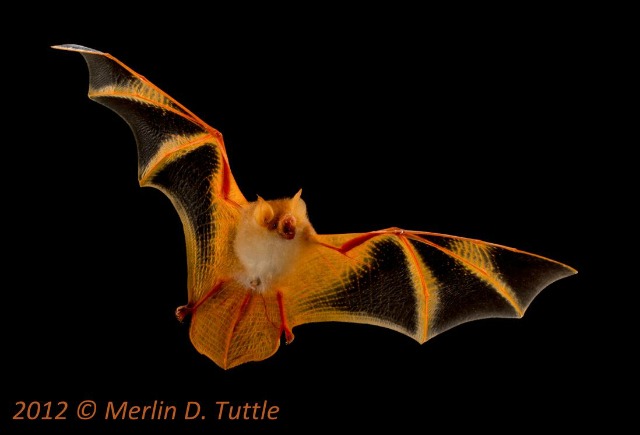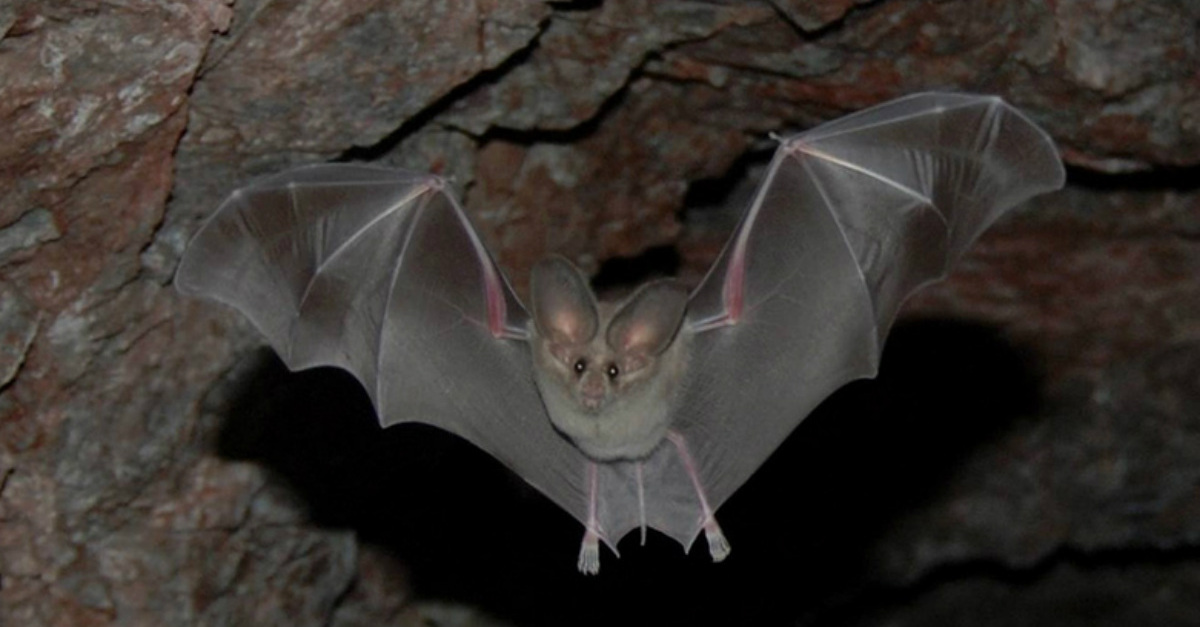What Color Are Bats? Unraveling the Mystery of Bat Colors
Bats are fascinating creatures that have captivated human interest for centuries. From their ability to fly to their unique adaptations, there is much to learn about these nocturnal mammals. One intriguing question that often arises is, "What color are bats?" In this article, we will explore the diverse range of bat colors found in nature and delve into the reasons behind their varied hues.
1. The Diversity of Bat Colors:

The Diversity of Bat Colors
Bats exhibit a wide array of colors, ranging from shades of black and brown to red, gray, and even white. This diversity is seen across different bat species and can also vary within a single species. Let's delve deeper into some of the most common colors observed in bats.
2. Black and Brown Bats:

Black and Brown Bats
Black and brown are prevalent colors among bat species. These hues serve a purpose in their natural habitats, allowing bats to blend into their surroundings and remain camouflaged. The dark colors provide an advantage when bats are flying at night, making them less visible to predators or prey.
3. Reddish and Rusty Tones:
Certain bat species display reddish or rusty tones in their fur. These colors are often observed in fruit bats, such as the Rodrigues fruit bat and the straw-colored fruit bat. The reddish hues are believed to aid in their thermoregulation process by absorbing sunlight during the day.
4. Gray Bats:
Gray is another common color found in bats, particularly in species like the gray bat and the hoary bat. The gray coloration allows these bats to blend in with the bark of trees or cave walls, providing effective camouflage and protection from potential threats.
5. White Bats:
Although less common, there are a few bat species that exhibit white coloration. The Honduran white bat is a notable example, known for its striking white fur. These bats roost in large groups within leaf tents they construct using plant materials. The white color helps them blend in with the light passing through the leaves, providing camouflage from predators.
6. Fatterns and Contrasting Colors:
In addition to solid colors, some bat species display patterns and contrasting colors in their fur. This can include stripes, spots, or patches of different hues. These patterns serve various purposes, including social signaling, species recognition, and mate attraction.
7. Factors Influencing Bat Colors:
The coloration of bats can be influenced by several factors, including genetics, diet, and environmental conditions. Genetic variations within a species can lead to different color morphs, while diet can affect the pigments present in their fur. Environmental factors such as sunlight exposure and the availability of suitable roosting sites can also impact the coloration of bats.
8. The Importance of Bat Colors:
Understanding the colors of bats is not merely a matter of curiosity; it has practical implications as well. Researchers and conservationists can use the knowledge of bat colors to study their behavior, habitat preferences, and population dynamics. Furthermore, it aids in the identification and documentation of different bat species, contributing to their conservation efforts.
The question "What color are bats?" does not have a simple answer, as bats exhibit a wide range of colors, each serving a specific purpose in their natural environment. From the camouflage provided by black and brown hues to the thermoregulation benefits of reddish tones, bats' colors offer insights into their adaptations and survival strategies. By unraveling the mystery of bat colors, we can deepen our understanding and appreciation of these fascinating creatures that play vital ecological roles.